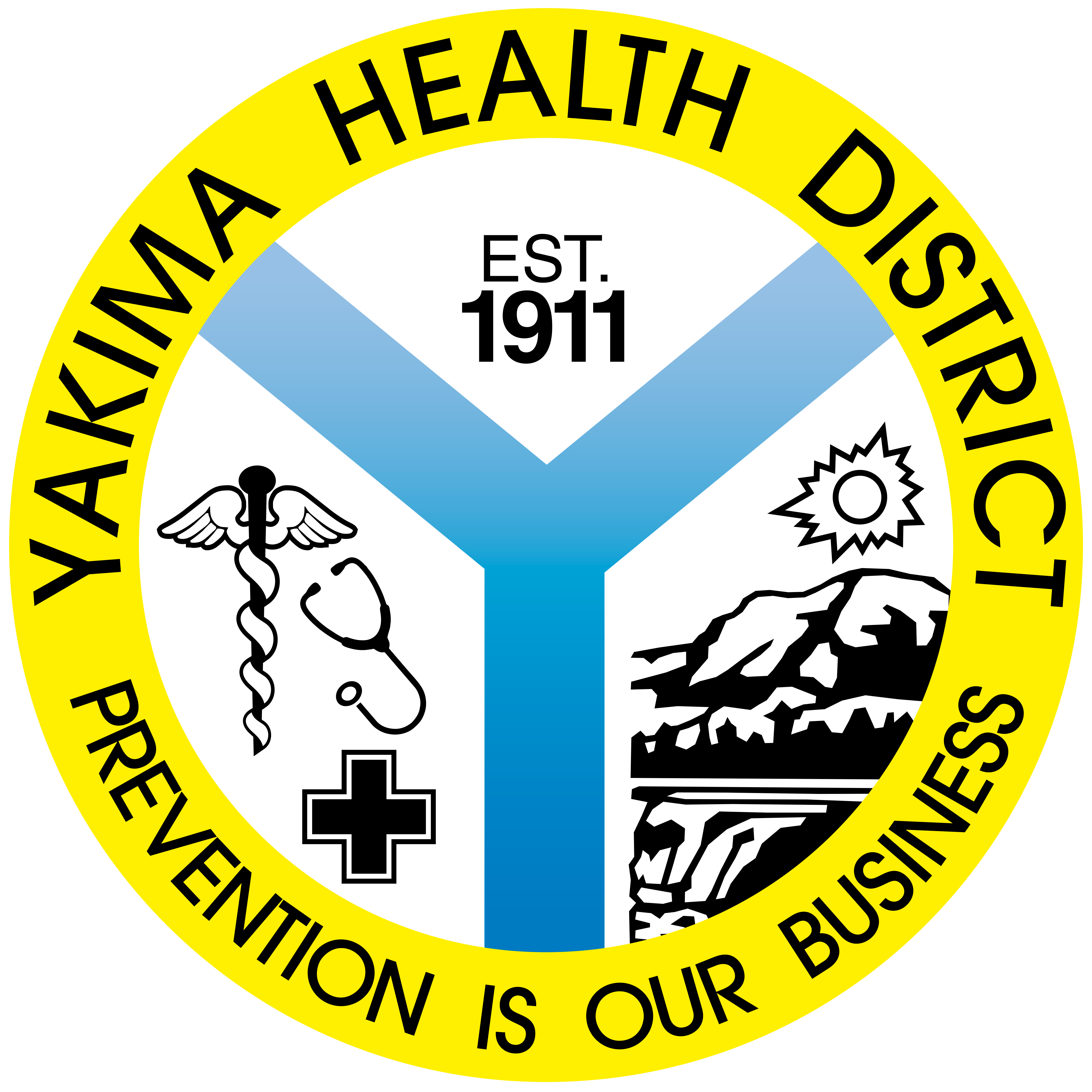
Requested Actions
- Be aware, following COVID-19 guidelines for long-term care facilities will help minimize the spread of COVID-19 and protect residents and staff.
- All staff and visitors should be screened upon entry to the facility, provided a mask, hand hygiene performed, and information logged.
- Keep sign-in sheets for at least 30 days.
- Clean and disinfect all areas, including high touch areas at least twice daily, including maintaining and monitoring of sanitation log.
- Have PPE and rapid test kits available.
- Clean PPE needs to be accessible by staff before entering the room of a resident on quarantine or suspected/confirmed with COVID-19.
- Staff Education: Audits and return demonstrations are recommended to be included in staff education. Below are some examples:
- Return demonstration: staff is educated on policy/procedure, for example, proper donning/doffing PPE, then ask staff to don/doff PPE and observe for compliance using a competency check off.
- Audit: observe staff for compliance to policy (e.g., hand hygiene practice) and document results.
- To offer better support to your facility, you may refer to additional resources on infection prevention and control education for frontline healthcare workers in LTCFs is available through DOH Project Firstline.
- Beginning January 1, 2022, long-term care facilities will need to provide and fund their own respirator fit testing for employees who use tight-fitting respirators.
- Remaining up to datewith all recommended COVID-19 vaccine doses is critical to protect both staff and residents against SARS-CoV-2 infection.
- Anyone 12 years and older is eligible for a booster dose. Additionally, certain groups are eligible for a second booster dose.
Background
On May 6, 2022, Yakima County reported a case rate of 86 per 100,000 and COVID-19 cases in increased slightly in mid-April. The Yakima Health District will continue to monitor COVID-19 activity throughout the county. As other parts of the state are experiencing an increase in their COVID-19 cases, it is a good reminder to utilize best practices in healthcare settings, such as long-term care facilities, to prevent and minimize the spread of COVID-19. This includes screening staff and visitors, having a Respiratory Protection Program for long term care facilities and storing and using personal protective equipment (PPE).
Respiratory Protection Program for Long Term Care Facilities
Beginning January 1, 2022, long-term care facilities will need to provide and fund their own respirator fit testing for employees who use tight-fitting respirators. The required medical evaluation (to be done prior to fit testing) will continue for a limited time in 2022. For more information, please email DOH at HAI-FitTest@doh.wa.gov.
The SARS-CoV-2 variants have proven that at any time, COVID-19 cases can dramatically increase. Providing your workforce with respiratory protection against respiratory hazards, such as the virus that causes COVID-19, is a safety standard regulated and enforced by the Washington Department of Labor and Industries (L&I). In healthcare facilities, the tight-fitting disposable ‘N95′ is a commonly used for respiratory protection. Respirator fit testing ensures that tight-fitting respirators will seal properly and helps protect employees from exposure to airborne particles such as viruses and bacteria. Keep your employees safe and working by getting them fit tested and ready to properly use a respirator.
For tight-fitting respirators, L&I will begin enforcing the requirement of annual fit testing on January 1, 2022 (see DOSH Directive 11.80). This means, for example, if your employees were fit tested on 11/1/2020, they will need to be fit tested again before 11/1/2021. If they are not, your facility may be cited on January 1, 2022, for not providing annual fit testing. For questions, email HAI-FitTest@doh.wa.gov. There are five steps of a Respiratory Protection Program.
Personal Protective Equipment (PPE) Storage and Use
Clean PPE needs to be accessible by staff before entering the room of a resident on quarantine or suspected/confirmed with COVID-19. There should be a trash bin located inside of the resident’s room (near the exit) to be able to discard of PPE before exiting the room and a trash bin outside to discard respirator (unless you are implementing extended use or re-use of respirators). Gown and gloves should be removed and discarded before exiting the room. Eye protection and respirator should be removed and after exiting the room.
For more information on what PPE should be used and when, please see Personal Protective Equipment (PPE) for Long-Term Care Settings during the COVID-19 Pandemic for an easy to follow chart. If PPE supplies are running low, please work with the Yakima Health District, contact your local county emergency management agency, and refer to the CDC on Optimizing Personal Protective Equipment (PPE) Supplies.
COVID-19 prevention
Share with patients:
- What to do if you test positive for COVID-19.
- What to do if you were exposed to someone with COVID-19.
Immediately report COVID-19
Providers must fax positive lab results with demographic information to 509-381-3526.
Contacting the Health Department
Questions? Contact Yakima Health District at (509) 575-4040 or (800) 535-5016.
Additional Resources
CDC: Nursing Homes and Long-Term Care Facilities
WA DOH: Personal Protective Equipment (PPE) for Long-Term Care Settings during the COVID-19 Pandemic
WA DOH: Respirator Protection Program for Long-Term Care Facilities
CDC: Stay Up to Date with Your COVID-19 Vaccines
CDC: COVID-19 Vaccine Boosters
CDC: Optimizing Personal Protective Equipment (PPE) Supplies
Emergency Contact Information by County
